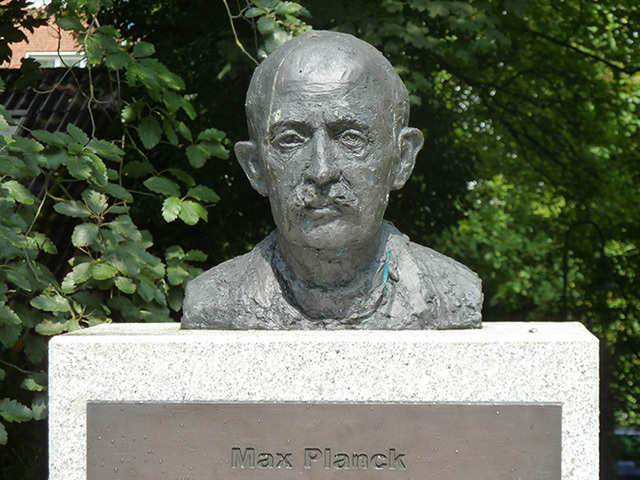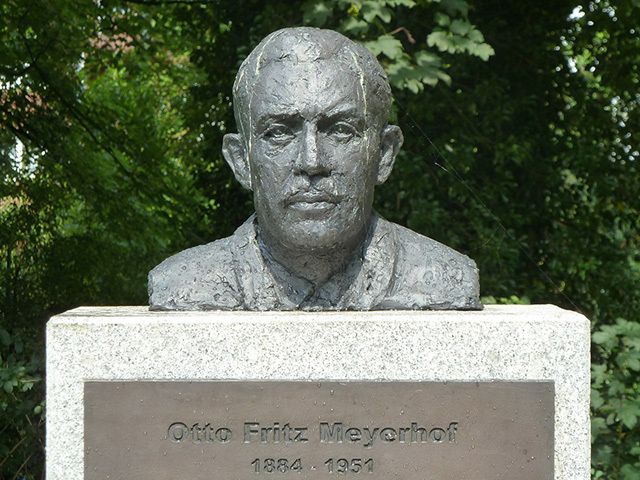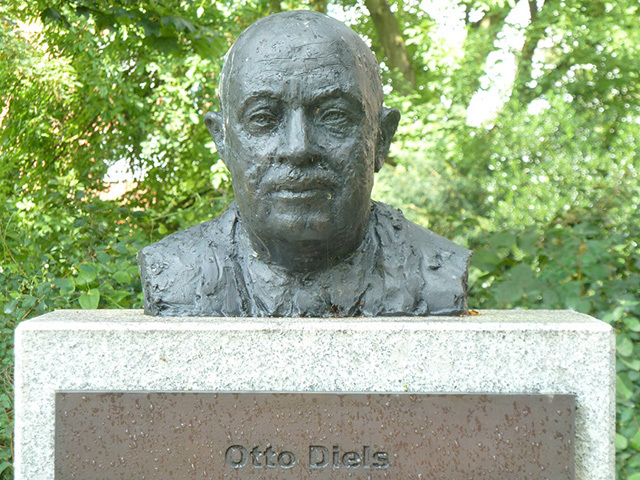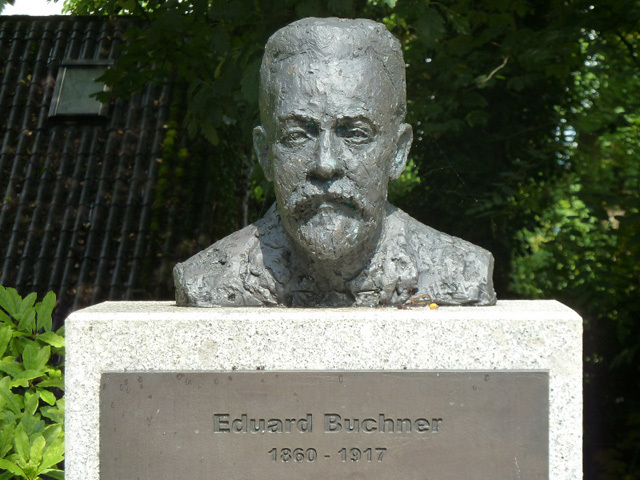Digression: Kiel’s Brilliant Minds
Honouring the Nobel Prize laureates in Ratsdienergarten
Six Nobel Prize laureates, all of whom have a connection to Kiel University (CAU), adorn the Ratsdienergarten at Kleiner Kiel: the physicist Max Planck, the chemists Otto Diels, Eduard Buchner and Kurt Alder, the physician Otto Meyerhof, and the writer, historian and jurist Theodor Mommsen.
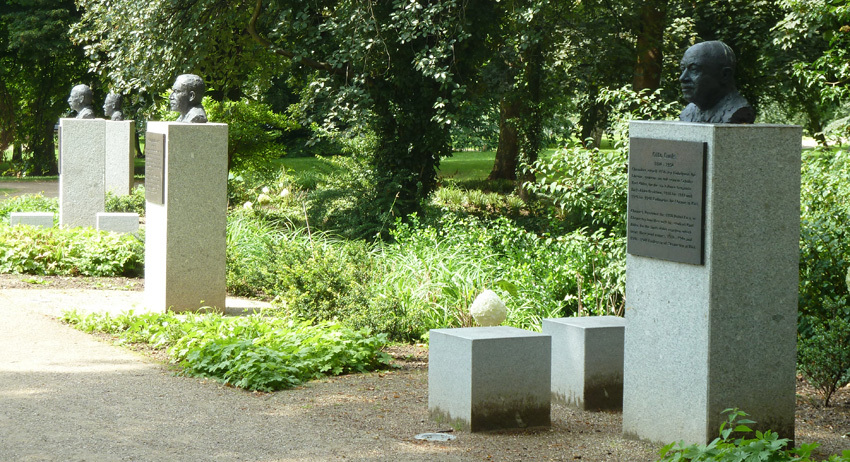
The Bredenbeker sculptor Jörg Plickat formed the bronze heads based on old photos and placed them on impressive granite pedestals in the park. The sculptures are a donation from the four Rotary Clubs in Kiel on the occasion of Kiel University's 350th anniversary in 2015.
Lord Mayor of Kiel Ulf Kämpfer expressed the city’s gratitude for the bronze busts, which are now in the care of the Urban Green Space Planning Office: "The busts of the Nobel Prize laureates donated by the Rotary Clubs in Kiel highlight the great importance of science for Kiel. Our state capital offered and still offers world-class research and teaching."
Kiel-born Max Planck (1858–1947) studied physics in Munich and Berlin. Planck’s first professorship began in 1885 in Kiel, where he remained professor of theoretical physics until 1889. He taught in Berlin from 1889 until his retirement in 1926. He received the Nobel Prize in Physics for his quantum theory in 1918. In 1947, Planck was named honorary citizen of the City of Kiel.
The chemist Otto Diels (1876–1954) began studying in Berlin in 1895. After completing his studies, he worked there and earned his doctoral degree in 1915. From 1916 to 1944 and 1946 to 1948, he was Director of the Institute of Chemistry at Kiel University (CAU). Diels received the Nobel Prize in Chemistry in 1950, together with his student Kurt Alder for the Diels-Alder reaction, which is named after them.
Eduard Buchner (1860–1917) studied chemistry, botany and physics in Munich. He was professor of chemistry in Kiel from 1894 to 1896, after which he taught in Tübingen, Berlin, Wroclaw and Würzburg. Buchner was awarded the Nobel Prize in Chemistry in 1907 for discovering cell-free fermentation.
Kurt Alder (1902–1958) studied chemistry in Berlin and Kiel and earned his doctoral degree from 1922 to 1926 in Kiel. Alder worked as an assistant in chemistry from 1926 to 1930 and as a private lecturer at Kiel University (CAU) from 1930 to 1934. After that, he was employed as a professor of chemistry until 1937. In 1950, he and his mentor Otto Diels won the Nobel Prize in Chemistry for discovering and developing diene synthesis, which is also known as the Diels-Alder reaction.
The physician Otto Fritz Meyerhof (1884–1951) received his doctorate and worked in Heidelberg before moving to Kiel in 1912. He completed his habilitation (postdoctoral lecture qualification) there in 1913. Meyerhof was professor of physiology in Kiel from 1918 to 1924. Meyerhof received the Nobel Prize in Medicine in 1922 for his research on muscle metabolism, together with the Englishman Archibald Vivian Hill. He moved to Paris in 1938 and emigrated to the USA in 1940.
Theodor Mommsen (1817–1903) completed law studies in Kiel, where he also met Theodor Storm. Starting in 1848, Mommsen taught as professor of law at Leipzig University, and he taught and researched as a professor at universities in Zurich, Wroclaw and Berlin. In 1902, he received the Nobel Prize in Literature for his main work, History of Rome.
You can find more outstanding figures with a connection to Kiel University (CAU) at uni-kiel.de/grosse-forscher.



